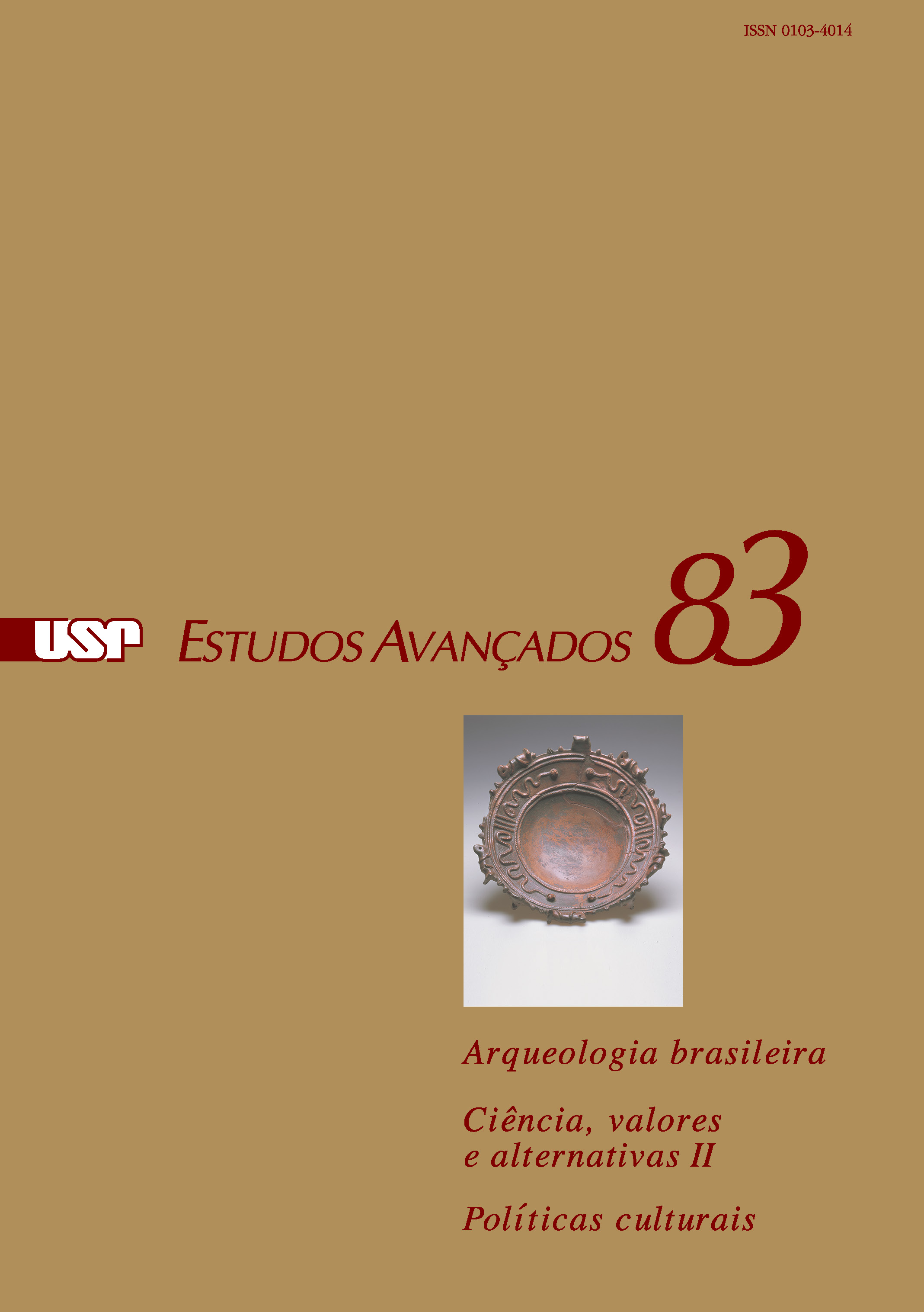A agroecologia: estratégias de pesquisa e valores
Abstract
Agrobiodiversity is the portion of biodiversity consisting of a set of organisms and ecosystems that has strong relationships with humans, being domesticated, semi-domesticated, cultivated or managed by human beings. This diversity, which has been preserved by the practices (in situ on-farm conservation) of smallholder farmers in all regions of the world, is under threat. On one hand, industrial or chemical agriculture, because their practices are rich in external chemical inputs, causes many negative externalities that have not been considered much until recently. On the other hand, climate changes also produce adverse effects on the genetic diversity. However, since the beginning of the twentieth century concerns about the production of high quality organic foods in sustainable agricultural systems have been affirmed. Among several alternative or sustainable farming systems, agroecology comes with many favorable features: it makes no use of agrochemicals, it is environmentally sustainable, it makes use of high genetic diversity in cropping, it is socio-economically associated, it stimulates neighborhood relations, and it has food products of high biological quality. In the context of agroecology, but not in industrial or chemical agriculture, there are numerous opportunities for science and technology to develop participatory research, contextualized, that can empower family farming as well traditional communities in improving agroecological principles and processes. Thus, many of the currently unacceptable negative externalities could be avoided.Downloads
Download data is not yet available.
Downloads
Published
2015-04-01
Issue
Section
Ciência, valores e alternativas II
License
Estudos Avançados não celebra contrato de cessão de direitos autorais com seus colaboradores, razão pela qual não detém os direitos autorais dos artigos publicados. Os interessados em reproduzir artigos publicados na revista devem necessariamente obter o consentimento do autor e atribuir devidamente os créditos ao periódico.
How to Cite
Nodari, R. O., & Guerra, M. P. (2015). A agroecologia: estratégias de pesquisa e valores . Estudos Avançados, 29(83), 183-207. https://www.journals.usp.br/eav/article/view/105064


